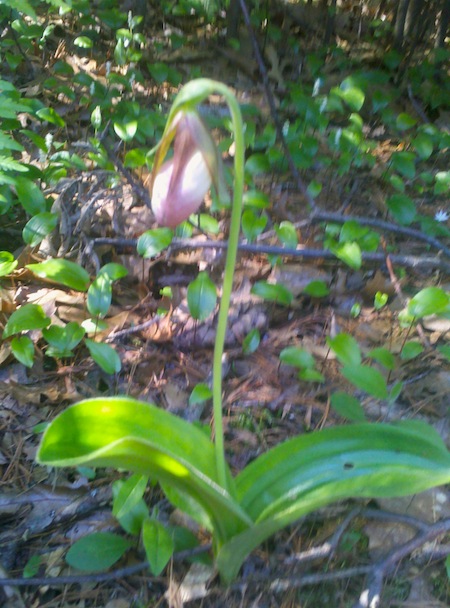One issue that constantly intrigues me is the importance of seasonality in the evolution and early dispersal of Homo from Africa ~2 million years ago. Africa does not lack complex seasonality, particularly with respect to humidity and ecological resource availability, but it is reasonable to assume that the stresses associated with seasonality are increased as populations move away from tropical environments. Successfully navigating such challenges, including temperature, water availability, and changing patterns of food availability (including the changing seasonal nutritional content of potential food items) was certainly one of the obstacles faced by early expanding/dispersing populations of Homo erectus.
The area from the central Caucasus in Georgia, to the Nihewan Basin in China, to the island of Java in Indonesia, encompasses a huge amount of environmental variation, including a huge range of seasonal patterns distributed across time and space. Seasonality is a common ecological problem, but not many organisms successfully transverse such a range of season patterns as geographically widespread members of the genus Homo.
My prompt for this today is my own seasonal reminder–spotted three years running on the path between my house and campus–in the form of blooming orchids. Each year in mid-May the path has seen a handful of orchids emerge, bloom and wither, all within a few weeks.
How early humans, likely lacking the complex linguistic abilities we possess to navigate across time and space as well as our ever-evolving record-keeping technologies, were able to incorporate signals of seasonality into their own ecological decision making processes is a fascinate question.

